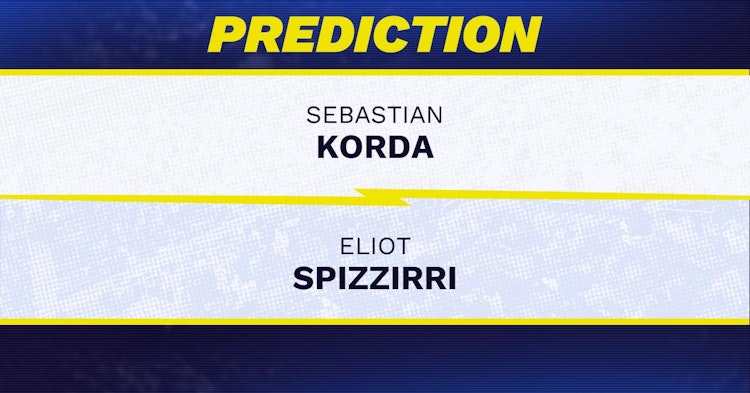Okay, let me tell you about this little experiment I ran, messing around with what I called my “korda prediction” session. It wasn’t anything super formal, just me tinkering in my setup.

Getting Started
So, first off, I had this idea. Could I kinda guess how things would flow in a basic Korda setup? Not like, predicting the stock market, just simple stuff on my own little network. I figured, why not give it a shot? I already had some bits and pieces lying around from previous dabblings.
I pulled up my command line, you know, the usual routine. Needed to get a couple of basic nodes talking to each other. Spent a bit of time just getting the configuration files right. Always a bit fiddly, that part. Making sure node A knew how to find node B, and the Notary was awake and ready. It felt like setting up toy soldiers before a pretend battle.
Running the Tests
Once I had them running – saw those familiar startup logs scrolling past – I started the actual process. I decided to push some really simple transactions through. Think of it like sending little digital postcards between the nodes.
- Sent postcard 1: Node A to Node B.
- Sent postcard 2: Node B back to Node A.
- Tried sending a few really quickly, one after the other.
- Tried sending one with slightly dodgy data, just to see what broke.
My whole “prediction” angle was pretty basic, honestly. I wasn’t using fancy machine learning or anything. It was more like gut feeling. I literally kept a notepad next to me. Before sending a batch, I’d jot down: “Okay, I think the next three will go through fine, but the fourth one might hiccup because I’m sending it too fast.” Or, “This one with the weird data? Yeah, that’s probably gonna fail validation.”
Observations and What Happened
So, I ran these little tests for a couple of hours. Sent maybe fifty or sixty of these pretend postcards. Watched the logs like a hawk. Did my predictions hold up? Eh, kinda.

The really obvious ones, like the deliberately broken data? Yeah, I predicted those failures correctly. No big surprise there, the system is built to catch that. But predicting slowdowns or slight delays based on sending speed? That was much more hit-or-miss. Sometimes it slowed down like I thought, other times it handled the load just fine. My gut feeling wasn’t super reliable.
What I really ended up doing was just getting a better feel for how the nodes behaved under different simple conditions. Less about accurate prediction, more about observing the rhythm of the system. Like, you could feel it getting a bit stressed when you pushed too many things at once, even if it didn’t always break.
At the end of it, I had my messy notepad file and a slightly better understanding of my little test network’s quirks. Wasn’t a breakthrough, but it was a decent afternoon of hands-on practice. Cleared up some assumptions I had. Sometimes just doing the thing, even simply, teaches you more than just reading about it. That was my “korda prediction” practice for the day. Just messing around and taking notes, really.








